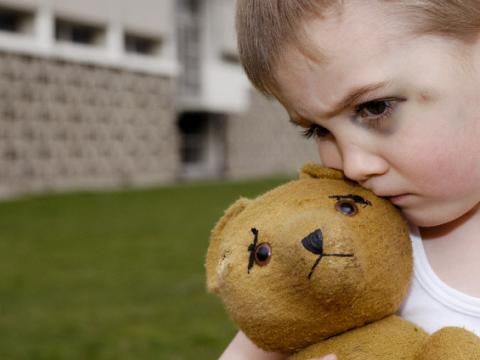Domestic violence can be spread through biological mechanisms
Last reviewed: 23.04.2024

All iLive content is medically reviewed or fact checked to ensure as much factual accuracy as possible.
We have strict sourcing guidelines and only link to reputable media sites, academic research institutions and, whenever possible, medically peer reviewed studies. Note that the numbers in parentheses ([1], [2], etc.) are clickable links to these studies.
If you feel that any of our content is inaccurate, out-of-date, or otherwise questionable, please select it and press Ctrl + Enter.
Experiments on animals have shown that stress stimulates aggressive behavior towards a marriage partner, and this behavior can be transmitted from generation to generation without any social contact between them.
Domestic violence, as is commonly believed, is transmitted through social contact. For example, if a father beats a son, then with a high degree of probability the son, when he grows up, will efface his offspring. But, as shown by experiments of scientists from the Federal Polytechnic School of Lausanne (Switzerland), domestic violence does not necessarily go back to childhood psychological trauma: it may have extra-social reasons.

It is hardly possible to conduct such research in public: for this it would be necessary to isolate a person from any social contacts, let alone a long observation period. Therefore, experiments were performed on rats. Young males were subjected to stress several times: for example, they were put in a room where they had nowhere to hide, or were frightened by the smell of a fox. When the rats reached the sexually mature age, females were attached to them. Exposed to stress in adolescence behaved towards women with more aggressiveness. But the most surprising thing was that the offspring of these furious males acted the same way as the fathers. And this is despite the fact that male rats were separated from their parents immediately after birth, that is, daddies could not teach them anything like this - at least through social contact.
The researchers reported on the experiments in the journal Translational Psychiatry.
Scientifically speaking, the researchers concluded that some behavioral reactions can take root in the biology of the body and be transmitted to the next generation. Usually it is believed that genes can influence behavior, but certainly not the other way around. Now, scientists have a difficult task - to propose a mechanism for out-social inheritance of aggressive behavior. The females, who had to contact with malevolent males, found in themselves a number of behavioral, hormonal and neurologic changes. Moreover, these changes concerned also those females who communicated with the stressed males, and those who dealt with the offspring of the original "aggressors". It is not excluded that aggression is transmitted to the offspring due to physiological changes in the body of females. On the other hand, the female rat, who was unlucky with her husband, may neglect caring for her cubs because of her own stress, which will spoil the character. (However, the researchers themselves say that they failed to notice the difference in the level of maternal care between these and ordinary females.)
Finally, there is an epigenetic explanation, according to which stress can make changes in the pattern of chemical modifications of DNA and histones, because of which genes begin to work somewhat differently. Such changes may well be inherited.
However, anyway, it is too early to spread the results of experiments on people - in order not to give additional justifications for those who are used to beating their wives and children half to death. And then so each of them will explain their intemperance and rudeness by saying that, as a child, he fell from a tree and experienced "stress" in this regard.

 [
[